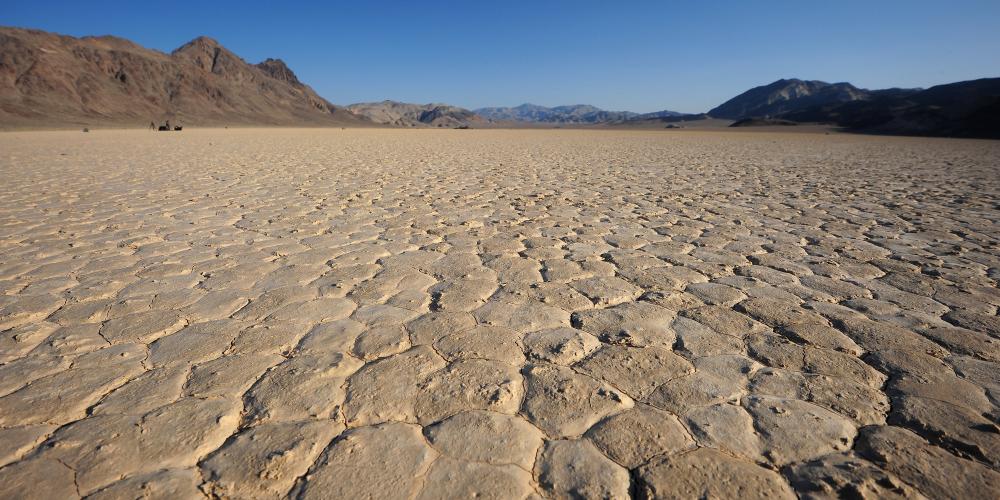Deputy interior minister and head of Crisis Management Organization stated that drought management is possible through 5-year medium-term and 15-year long-term plans. The composition of the plans has commenced in the Fifth Five-year Economic Development Plan (2011-2016).
Esmaeel Najjar, briefing the media at the first congress of New Approaches to Spatial Planning in Semnan, pointed to the climate change in recent years and its negative impacts on vast tracts of land and said “managing climatic-related phenomena such as water scarcity and drought calls for a relook within the framework of medium-term planning.”
He stressed the need to raise public awareness through education and information. Also specific training of managers and officials in the field through updated technologies was necessary, he said quoted by IRNA.
Spatial planning is a key instrument for establishing long-term, sustainable frameworks for social, territorial and economic development both within and between countries. Its primary role is to enhance the integration between sectors such as housing, transport, energy and industry, and to improve national and local systems of urban and rural development, also taking into account environmental considerations.
Studies on spatial planning are undertaken to draw the attention of policymakers to its importance. It also aims at raising awareness of the importance of increased community involvement and social cohesion as well as of the role of all parties concerned in territorial development in the implementation of housing and related policies and in environmental protection.
Najjar further emphasized the “inevitability of addressing the issue of earthquakes” and called for secure construction of buildings and structures “to prevent squandering of funds, resources, and national assets.”
He said it was vital to adopt a realistic and practical view on spatial planning along with close monitoring of implementation of national plans and programs. People’s cooperation was equally crucial, he said.
Water Tension
The nation has been facing a water crisis for some years now but it seems this year the shortage of water resources and an all-pervasive drought is felt more severely than ever before.
Research by Iran Water Resources Institute indicates that the country ranks 24 among 180 nations in terms of water tension. The latest statement by Alireza Daemi, deputy minister of energy, (planning) points out that from among the 609 plains, 294 are facing significant reduction in groundwater resources. Also in 24 provinces precipitation volume has declined considerably, an alarming trend.
Sattar Mahmoudi, deputy to the energy minister, noted that two major issues face underground water resources: overdrawing from authorized wells and illegal water use from unauthorized wells.
Since banning water use from unauthorized wells burdens farmers and causes agricultural losses, the issue of overdrawing on water reserves is being dealt with cautiously.
He said there were over 100,000 unauthorized wells, while Mohsen Jalalpour, deputy of Iran Chamber of Commerce maintains the figure is 400,000.
Solutions
Jalalpour says the solution lies in “returning the ownership of water” to the people.
“The 5000-year tradition has changed with water ownership vesting in the government, leading to misuse of limited groundwater resources.”
He believes when people own water, they would feel responsible for conserving this priceless asset.
Daemi, on the same issue in an interview with Tejarat-e-Farda, admitted there has been overuse of water resources, particularly between 1977 and 1980 when the most number of unauthorized wells were established.
Another shock to groundwater resources was in 2005 when there was no supervision on drawing water from wells or digging them. The drought year also commenced simultaneously.
Overdrawn
He further added that water drawn in recent years has been over and above the global standards. “From 2008, following three years of drought, 30 billion cubic meters of groundwater were overdrawn every year.”
Daemi says reforms in agricultural methods are a solution to the problem. Through change in farming patterns, 10 to 20 billion cubic meters of groundwater could be restored annually.
Another way of conservation is to reduce the total water share of the agriculture sector to half in the coming water year from 90 to 50 billion cubic meters. Since agriculture consumes 90% of the national water resources, this will lighten the burden on groundwater resources; although it would mean huge losses to a large section of the farming population.


